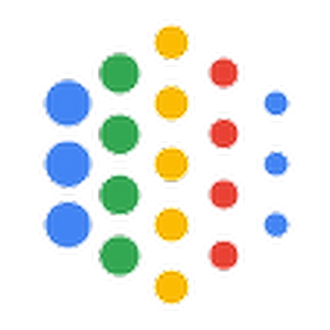Table of Contents
iCARE HIV 1&2 Rapid Test is a rapid oral HIV screening test. It measures HIV-1/2 antibodies in a sample of the oral swab. It is a rapid, one-step immunoassay for in vitro diagnostic purposes.
What is iCARE HIV 1/2 Oral Rapid Screen Test?
The iCARE HIV 1/2 Oral Rapid Screen test is a one-step lateral flow immunoassay that determines if an oral swab contains antibodies to HIV-1/2. The rapid test is suitable for in vitro diagnostic use. It is affordable, non-invasive, and provides results in 15 minutes. This WHO PQ LISTED HIV 1&2 RAPID TEST is designed for antenatal care, blood donation screening, and routine examinations.
How to Use iCARE HIV 1/2 Oral Rapid Screen Test?
The iCARE HIV 1/2 Oral Rapid Screen test is highly accurate and is recommended for use in hospital settings. The test requires four drops of oral fluid from a patient. The sample is mixed with a dye conjugated to an antibody. The WHO PQ LISTED HIV 1&2 RAPID TEST results show a colored line that indicates the test’s sensitivity and specificity.
When the WHO PQ LISTED HIV 1&2 RAPID TEST results are ready, a test result is shown in the test device’s result window. The positive region will show pink coloured bands, which means the sample contains antibodies to HIV. The negative region will show no pink coloured band, which means there is no HIV-1/2 antibody in the sample. If the result is inconclusive, the test must be repeated.

What are the Prerequisites of an iCARE HIV 1/2 Oral Rapid Screen Test?
RSTs should meet WHO pre-qualification, FDA approval, and CE-marking criteria before being sold in the market. In addition, they should have high sensitivity to prevent missed diagnosis due to a false-negative result. High sensitivity is also important for avoiding undesired false-positive results, which are unacceptable for HIV testing. Different tests can be used in combination with each other to differentiate HIV-1 from HIV-2 infections.
One such example of a reliable and accurate test is the iCare WHO PQ LISTED HIV 1&2 RAPID TEST, which ensures both high sensitivity and specificity, meeting international standards for effective HIV diagnosis.
The Bottom Line
The iCARE HIV 1/2 Oral Rapid Screen test has a range of sensitivity levels. During primary infection, 3G tests are highly sensitive and detect 36/50 samples. The newer 4G test was more sensitive and detects 43/50 samples. The newer test also allows detection of six Ag reactive samples.






